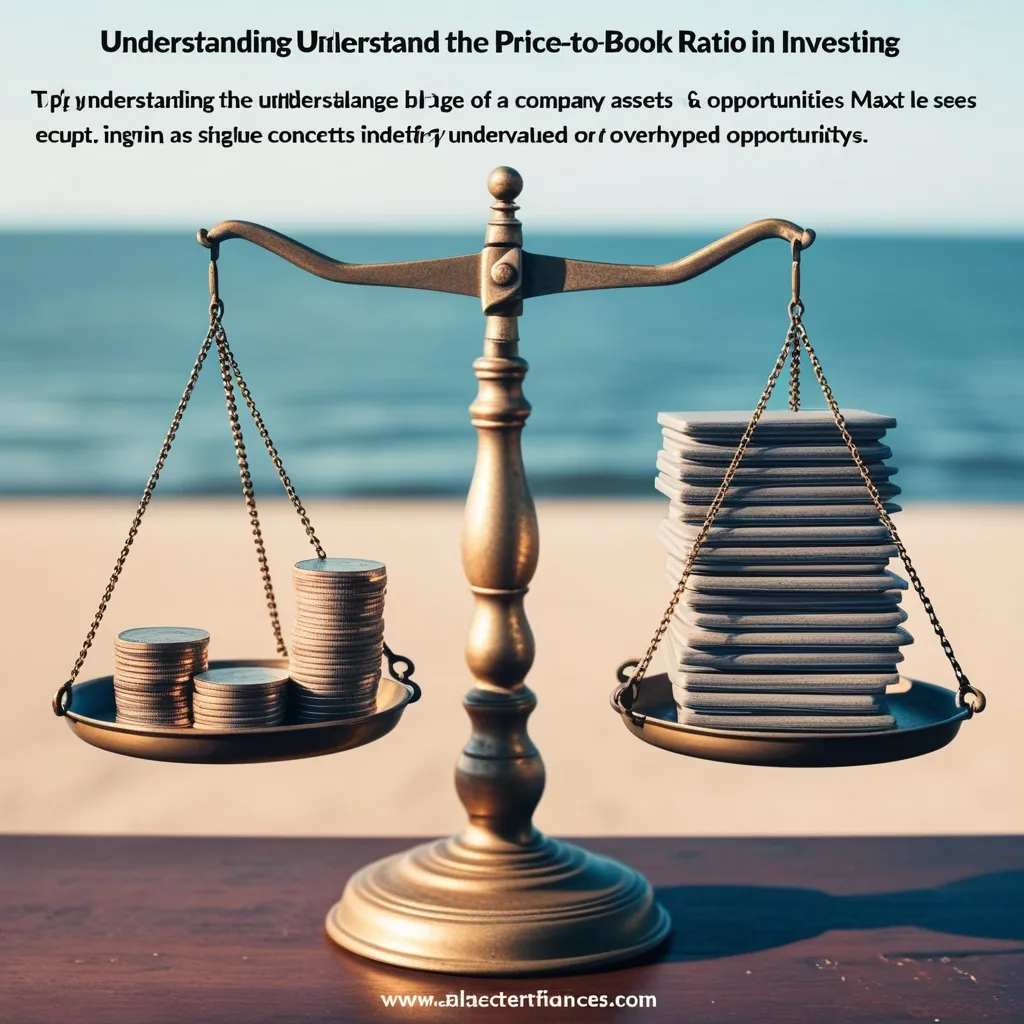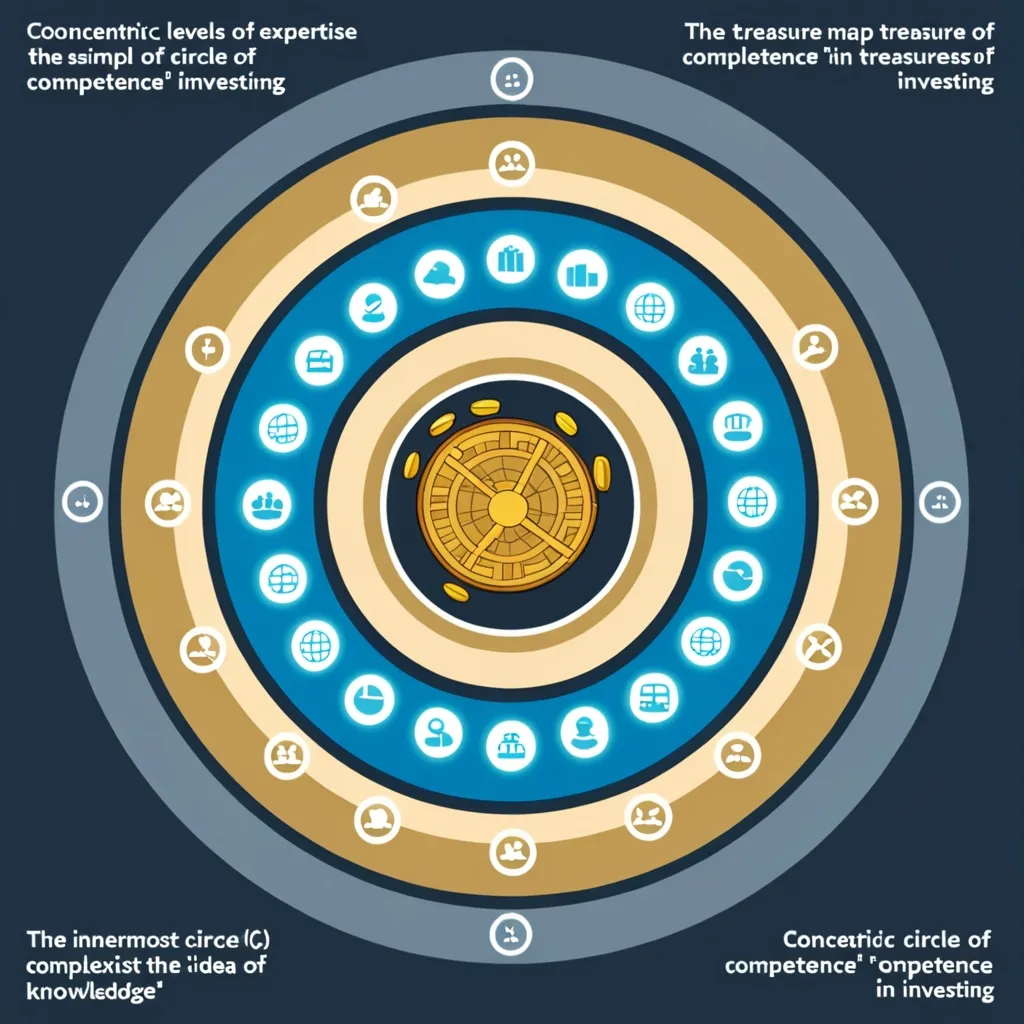In the modern business landscape, the traditional rules of value investing are being rewritten. Gone are the days when tangible assets like real estate, machinery, and inventory were the sole indicators of a company’s worth. Today, intangible assets such as intellectual property, brand value, and proprietary data are the silent drivers of profit and market dominance.
As a value investor, adapting to this new reality is crucial. But how do you put a price on something that doesn’t have a physical form? Let’s delve into the world of intangible assets and explore three key strategies for evaluating modern businesses.
The Intellectual Property Portfolio
When evaluating a company’s intellectual property (IP) portfolio, you’re not just looking at patents, trademarks, and copyrights; you’re assessing the company’s ability to innovate and protect its innovations. As Warren Buffett once said, “Price is what you pay. Value is what you get.” The value of IP lies in its ability to generate future cash flows.
To analyze the strength and defensibility of a company’s IP portfolio, you need to consider several factors. First, look at the breadth and depth of the portfolio. A company with a diverse range of patents and trademarks is better positioned to defend its market share. Next, evaluate the legal life of these assets. Patents, for instance, have a limited lifespan, typically up to 20 years, after which they enter the public domain.
But it’s not just about the quantity and lifespan; it’s also about the quality. How many of these patents are actually being used in the company’s products or services? Are they generating significant revenue? These questions help you understand the real economic value of the IP portfolio.
Brand Equity and Customer Relationships
Brand equity and customer relationships are intangible assets that can be just as valuable as any patent or trademark. A strong brand can command a premium price and foster customer loyalty, which translates into long-term revenue streams.
When evaluating brand equity, consider the brand’s recognition and reputation. How does the market perceive the brand? Is it associated with quality, reliability, or innovation? These perceptions can drive customer loyalty and retention, which are critical for sustained growth.
Customer relationships are another vital intangible asset. Companies that invest heavily in customer service and relationship management often see higher customer retention rates and positive word-of-mouth, both of which are invaluable.
As Peter Drucker once said, “The purpose of business is to create and keep a customer.” Companies that excel in this area are likely to maintain a competitive edge even in highly competitive markets.
Proprietary Data and Algorithms
In the age of big data, proprietary data and algorithms have become the lifeblood of many businesses. These intangible assets enable companies to make informed decisions, predict market trends, and innovate continuously.
When assessing the value of proprietary data and algorithms, you need to consider their uniqueness and the barriers to replication. How difficult would it be for a competitor to replicate this data or these algorithms? The higher the barrier, the more valuable the asset.
Additionally, look at how the company is leveraging this data. Are they using it to improve operational efficiency, enhance customer experience, or drive innovation? The impact of this data on the company’s bottom line is a key indicator of its value.
Applying Traditional Value Metrics
While intangible assets present unique challenges, traditional value metrics can still be applied with some adjustments. For instance, the income approach, which estimates the future net income an asset will produce and discounts it to its present value, can be particularly useful for intangible assets.
However, you need to be cautious when predicting future income. Market conditions can change rapidly, and the value of intangible assets can fluctuate accordingly. Using a flexible approach, such as the one proposed in recent research that adjusts the book-to-market ratio to account for intangibles, can provide more accurate valuations[1].
Managing Risk
Investing in companies with high intangible asset ratios comes with its own set of risks. These assets are often difficult to value and can be highly volatile. To manage this risk, it’s essential to have a thorough understanding of the company’s financials and its ability to generate cash flows from its intangible assets.
Diversification is also key. Spreading your investments across different sectors and industries can help mitigate the risk associated with any one company’s intangible assets.
Case Studies
Let’s look at a few case studies to illustrate the success of value investing in intangible-rich companies. Companies like Google and Amazon are prime examples. Their value is largely driven by their intellectual property, brand equity, and proprietary data.
Google’s search algorithm, for instance, is a highly valuable intangible asset that drives its revenue through advertising. Amazon’s brand equity and customer relationships are so strong that they command a premium price and foster loyalty.
These companies have adapted traditional value investing principles to the modern economy, focusing on the long-term value generated by their intangible assets.
Conclusion
Value investing in intangible assets requires a nuanced approach. It’s about understanding the unique strengths and challenges of these assets and applying traditional metrics in innovative ways.
As you navigate this complex landscape, remember that intangible assets are not just abstract concepts; they are real drivers of business value. By focusing on the strength of a company’s IP portfolio, the power of its brand equity and customer relationships, and the uniqueness of its proprietary data and algorithms, you can uncover undervalued opportunities in knowledge-based industries and service sectors.
In the words of Benjamin Graham, “Price is what you pay. Value is what you get.” When it comes to intangible assets, the value you get can be far greater than the price you pay, if you know where to look.






